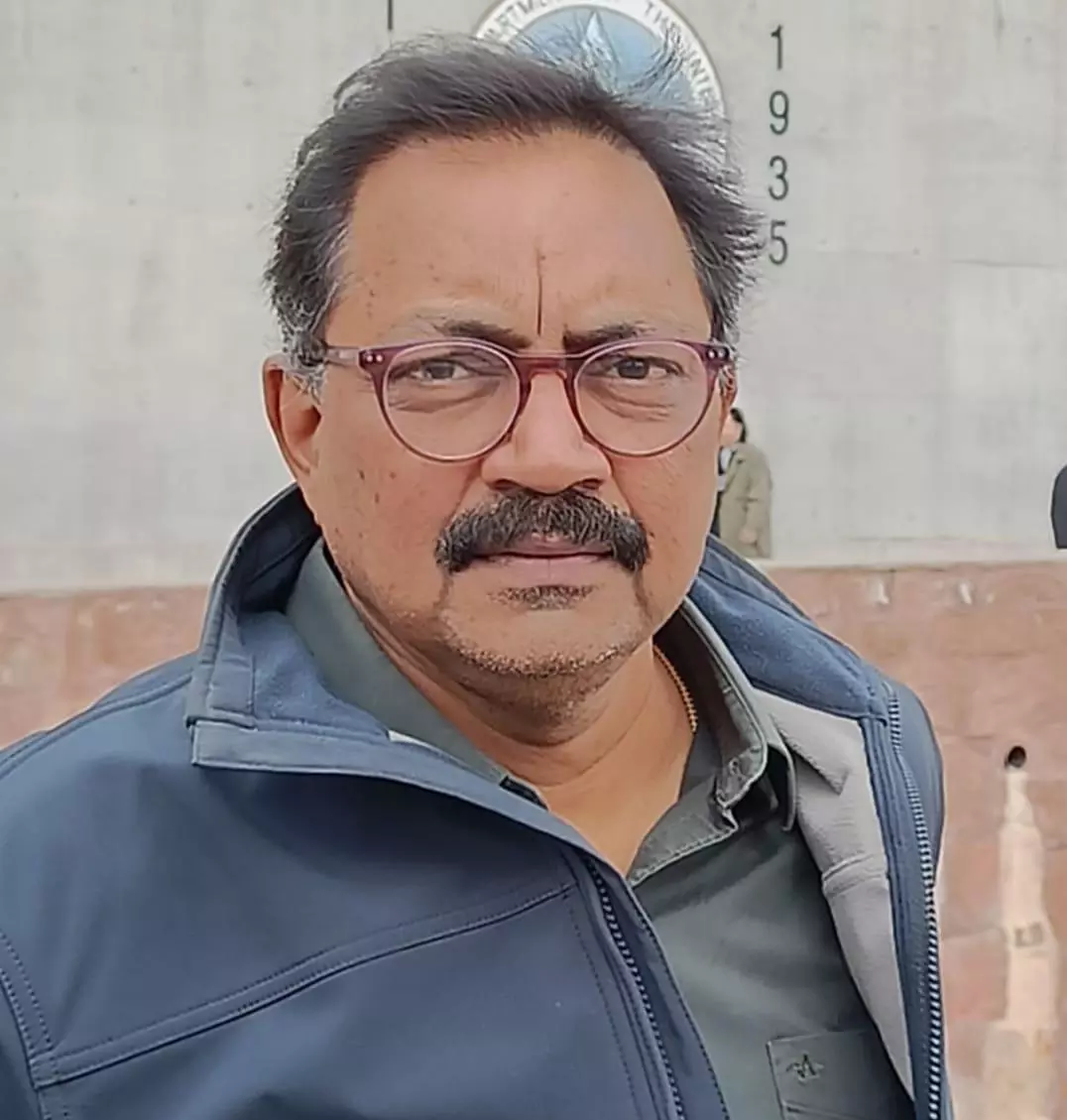USA kickstarts domestic H-1B visa renewals, to allow 20,000 non-immigrant workers under pilot
The process that started in January 2024 would allow applicants currently residing in the USA and Canada to apply for renewal at the consulates without having to return to India to do so.

HYDERABAD: The US Department of State has begun a pilot programme allowing 20,000 non-immigrant H1-B Visa holders to renew their visas in the USA without returning to their native countries for stamping. If successful the programme would be extended to other categories.
Marking a significant shift in the policy after two decades the Department of State decided to allow in-country renewal of visas in certain petition-based temporary working Visas, particularly the most sought-after H-1B visa. The announcement came during the visit of Prime Minister Narendra Modi where he announced the in-country stamping facility at a meeting of Indian diaspora.
The process that started in January 2024 would allow applicants currently residing in the USA and Canada to apply for renewal at the consulates without having to return to India to do so. The State Department launched a specific website for the pilot project. However, the facility was not extended to dependent visas such as H-4 visas.
Automatic work authorisation for H-4 Visas
In yet another major relief to the Indian techies that work in the USA under the H-1B visa regime, their spouses who hold H-4 Visa will get automatic authorisation for work.
In all 1,00,000 H-4 visa holders, will be granted automatic work authorisation. H4 visa holders are spouses and children of H-1B visa holders.
In other good news, children of long-term H-1B visa holders provided kids ageing-out (turn 21 years old before they could be issued a visa) protection for children who have maintained H4 status for eight years.
With this change, the children of the H-1B Visa holders who live in the USA with an H-4 Visa but will have to leave the USA when they attain 21 years of age can stay back and apply for automatic work permit authorisation (I-765). Earlier they will have to return to their country of origin after attaining the age of 21 years. The process will generally take more than a year.
Beneficiary-centric approach
In another significant change, the US Home Department will be introducing a beneficiary-centric registration system for the H-1B programme.
The H-1B is a temporary (nonimmigrant) visa category for employers to petition for workers in “specialty occupations.” US Congress caps the limits on annual H-1B visa numbers to 65,000 with 20,000 additional visas for people who graduate with a master’s or Ph.D. degree from a U.S. institution of higher education, plus certain exemptions to the cap.
The old system allowed the US employer to register each non-citizen for whom the employer intended to provide employment under an H-1B visa.
For years, demand for H-1B visa numbers has exceeded the annual limit. In fiscal year 2021, the U.S. Citizenship and Immigration Services (USCIS) received more eligible multiple registrations, meaning more than one registration filed on behalf of a noncitizen, than single registrations. USCIS now proposes a “beneficiary-centric” registration, in which multiple unrelated employers may submit a registration for the same noncitizen, but USCIS will only select the noncitizen once.


